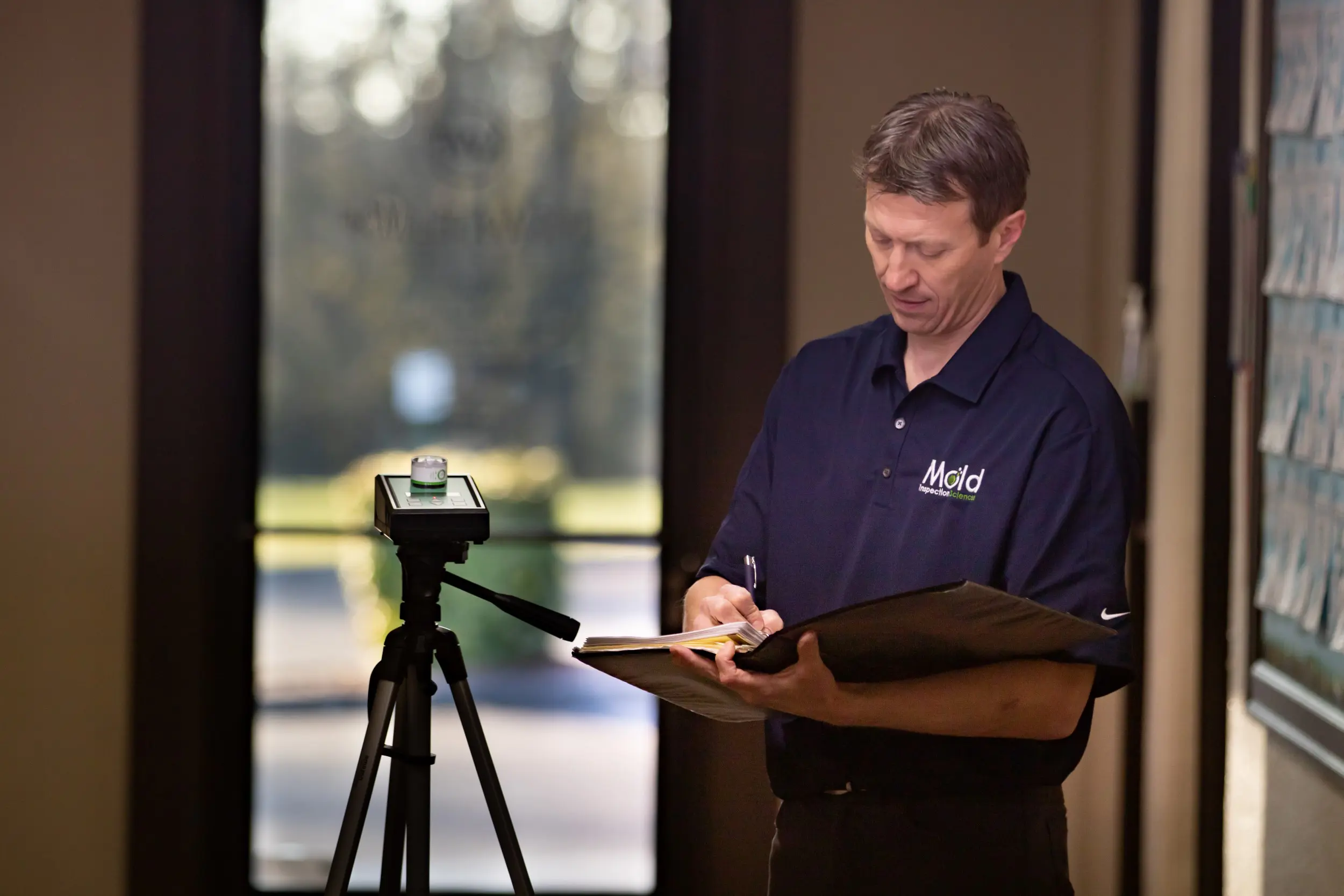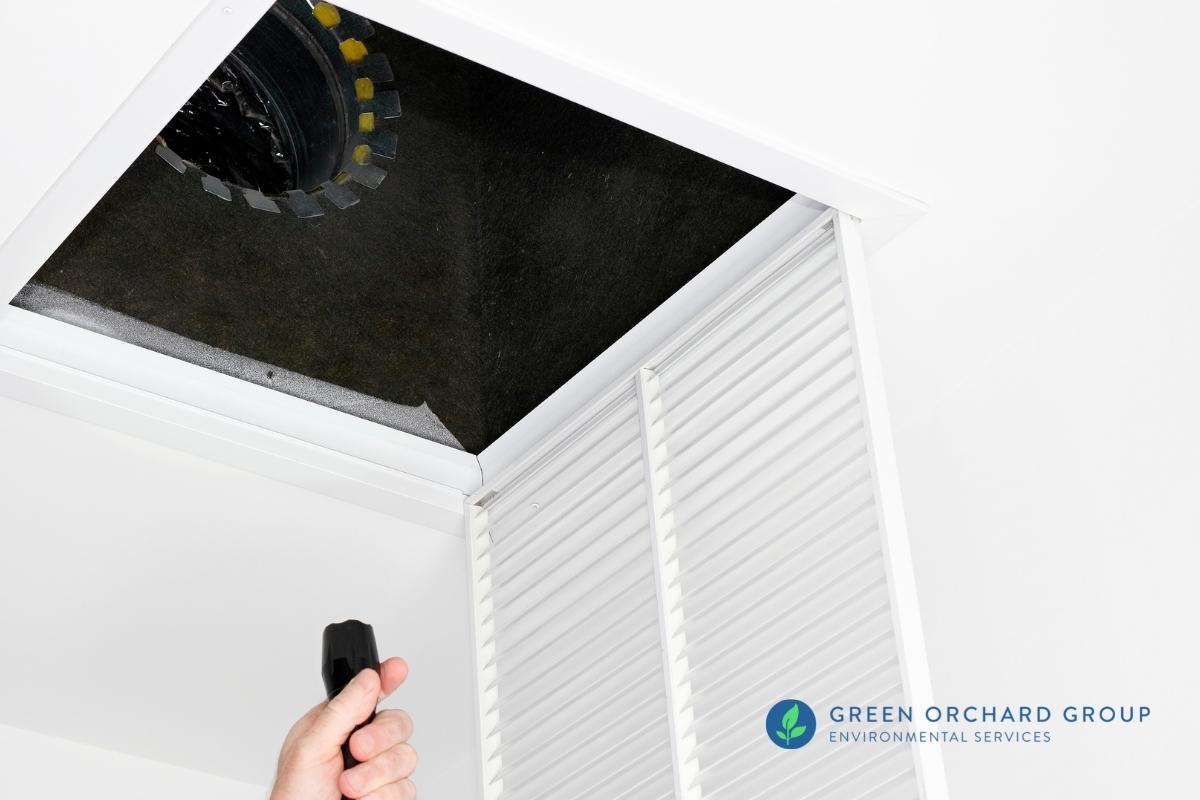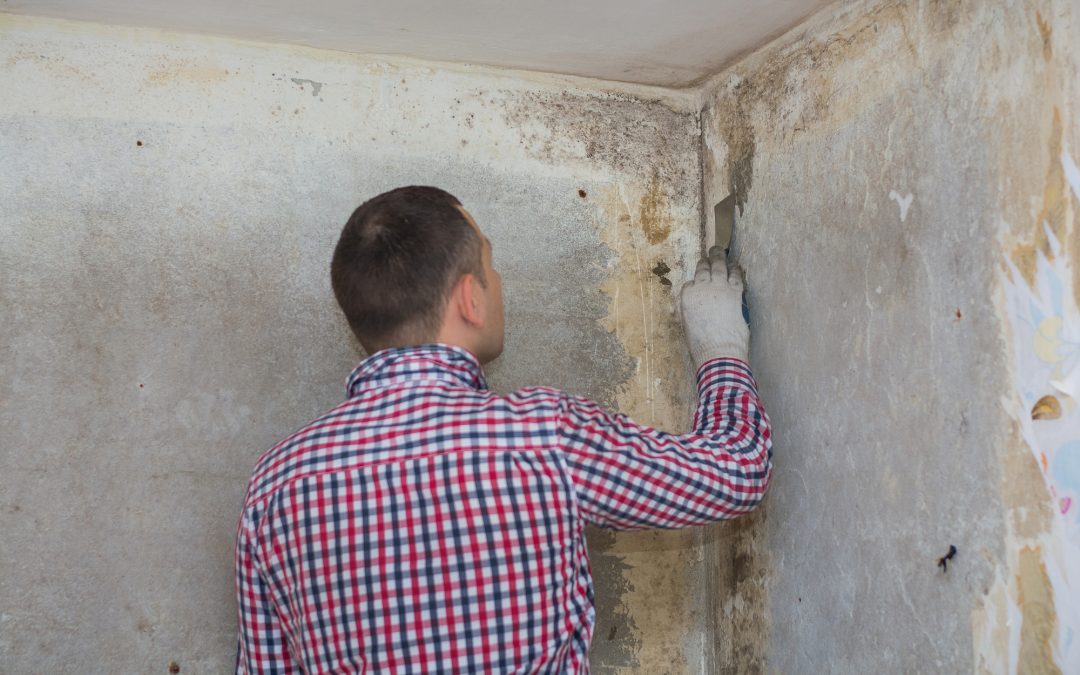Your Ultimate Overview to Post Mold Removal Strategies
In the aftermath of mold and mildew infestation, recognizing how to properly eliminate the mold and avoid its reoccurrence is extremely important for maintaining a healthy and balanced interior setting. From picking the right cleaning and decontaminating methods to executing strategies for long-lasting mold and mildew avoidance, each step in the remediation trip plays an essential function in ensuring a successful outcome.
Recognizing Post-Mold Remediation Process
After finishing the mold removal process, it is important to understand the post-mold remediation techniques that are necessary to ensure a complete and reliable clean-up. When the mold and mildew has actually been eliminated, the next step entails cleansing and disinfecting the influenced locations to avoid any regrowth of mold and mildew. This consists of making use of specialized cleaning up agents to clean down surface areas and kill any type of staying mold spores. It is vital to dry the location totally to dissuade the development of mold and mildew in the future (After mold remediation). Appropriate ventilation and dehumidification can assist in this procedure.
Furthermore, carrying out a final examination post-remediation is important to make certain that all mold has been successfully removed. This inspection must involve a detailed aesthetic check along with possibly air tasting to validate the lack of mold and mildew spores airborne. Added remediation may be essential if the examination exposes any remaining mold. Last but not least, educating passengers on preventive procedures such as regulating dampness degrees and without delay attending to any kind of water leakages can aid maintain a mold-free atmosphere.
Effective Cleaning and Decontaminating Approaches

Protecting Against Future Mold Growth

Importance of Proper Air Flow
Appropriate ventilation plays a critical role in avoiding moisture build-up, an essential factor in mold and mildew development within interior atmospheres. Efficient air flow systems help get rid of excess moisture from the air, minimizing the chances of mold and mildew spores discovering the dampness they need to spread out and germinate. Without ample ventilation, interior rooms can end up being a breeding ground for mold and mildew, resulting in possible health risks and structural damage.
By guaranteeing correct air blood circulation, ventilation systems can likewise help in drying out wet areas quicker after water damage or flooding cases, even more hindering mold development. Post Mold Remediation. In areas like washrooms, cellars, kitchens, and attics where moisture levels tend to be higher, setting up testing air quality after mold remediation and keeping reliable air flow systems is essential in stopping mold and mildew infestations

Tracking and Maintenance Tips
Given the essential duty that appropriate ventilation plays in avoiding mold development, it is necessary to establish effective monitoring and upkeep ideas to guarantee the ongoing performance of ventilation systems. Normal examinations of air flow systems should be performed to inspect for any indicators of obstructions, leaks, or breakdowns that could restrain appropriate air movement. Tracking humidity degrees within the residential property is also critical, as high humidity can add to mold and mildew growth. Setting up a hygrometer can help track moisture degrees and alert home owners to any kind of spikes that may call for focus. Furthermore, making certain that air filters are frequently cleaned or changed is important for preserving the efficiency of the ventilation system. Applying a schedule for routine maintenance tasks, such as air duct cleansing and a/c system evaluations, can assist avoid problems prior to they rise. By staying mindful and aggressive to the problem of ventilation systems, homeowner can successfully mitigate the risk of mold regrowth and preserve a healthy indoor atmosphere.
Verdict
In verdict, post-mold remediation techniques are important for guaranteeing a clean and risk-free setting. Comprehending the process, implementing effective cleansing and decontaminating techniques, avoiding future mold and mildew development, maintaining proper ventilation, and normal tracking are all crucial actions in the remediation process. By following these standards, you can effectively eliminate mold and stop its return, working or advertising a healthy and balanced living space for all passengers.
In the aftermath of mold and mildew invasion, recognizing exactly how to effectively remove the mold and prevent its reoccurrence is extremely important for preserving a healthy and balanced indoor atmosphere. Once the mold and mildew has been gotten rid of, the next action involves cleansing and disinfecting the influenced areas to protect against any regrowth of mold and mildew - Post Mold Remediation. After eliminating noticeable mold development, it is crucial to clean up all surface areas in the damaged area to remove any type of staying mold and mildew spores. To further improve mold and mildew avoidance measures, it is crucial to address underlying problems that at first led to mold and mildew growth.Given the important role that proper ventilation plays in stopping mold and mildew development, it is important to develop effective monitoring and maintenance suggestions to guarantee the ongoing capability of ventilation systems